
May/June 2021
In This IssueSpotlight: “Building Back Better” with Improved American Infrastructure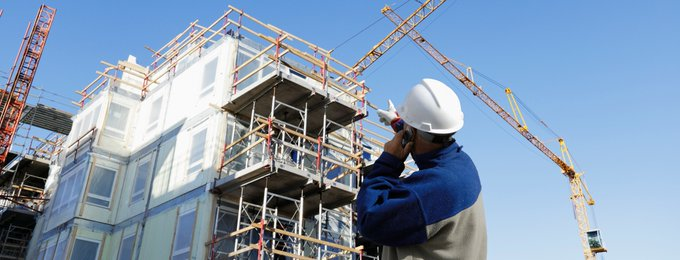 EDA’s infrastructure projects vary in scope and size
Each year, a significant amount of EDA funding is allocated to support locally-driven infrastructure projects under EDA’s Public Works (PDF) and Economic Adjustment Assistance (EAA) (PDF) programs. Under the Biden Administration, improving our country’s infrastructure is critical in helping America build back better. The President’s American Jobs Plan outlines a variety of ways to specifically improve our infrastructure, pointing to many of the categories in which EDA specializes when it comes to helping distressed communities: building and improving roadways, railways, ports, and airports; ensuring clean drinking water and high-speed broadband; and revitalizing critical building infrastructure for businesses, healthcare institutions, schools. EDA’s investments improve technology-based facilities that use distance learning networks, smart rooms, and smart buildings. We have also funded multi-tenant manufacturing buildings and other facilities to help make more products on American soil. Critically, EDA investments can also help address the climate crisis, including developing and implementing green products, processes (including green infrastructure), places, and buildings. Success Story: Zeeland Clean Water Plant Leverages EDA Grant to Build Capacity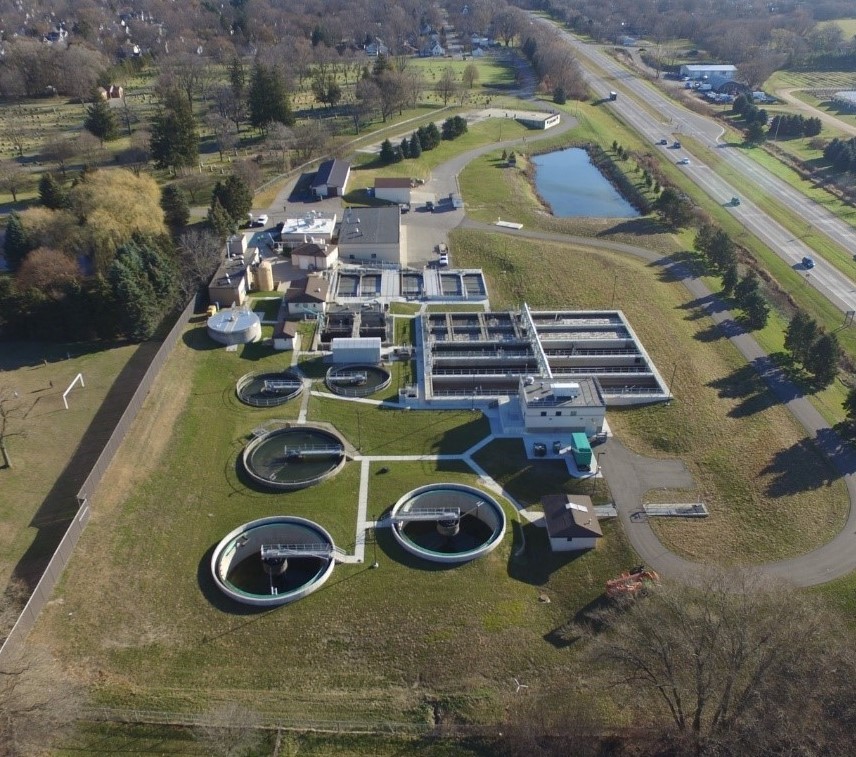 Aerial view of the Zeeland Clean Water Plant in Zeeland, Michigan Only about 5,500 people live in Zeeland, Michigan, but that number can triple during the workday as employees flock to several manufacturing businesses in the area. The influx puts extra demand on the city’s wastewater treatment plant, originally built in 1915. However, thanks to a $2 million grant from EDA in 2014, combined with a matching local contribution, the Zeeland Clean Water Plant was expanded and can now easily handle the extra demand. The $14 million project, completed in June 2018, has helped boost the local economy. According to grantee estimates, as of September 2020, the project has led to more than 275 jobs and has generated more than $88 million in private investment. Two Zeeland businesses – one focused on making auto parts and the other on plastic products – are responsible for a significant share of the job creation. Zeeland City Manager Tim Klunder added that the extra capacity will create further economic growth in the city. In 2014, Zeeland had not yet reached full capacity, but they were on the precipice of needing to expand. Highlight: EDA Helps Fuel Pelican, Alaska’s Economy with Hydroelectric Power Plant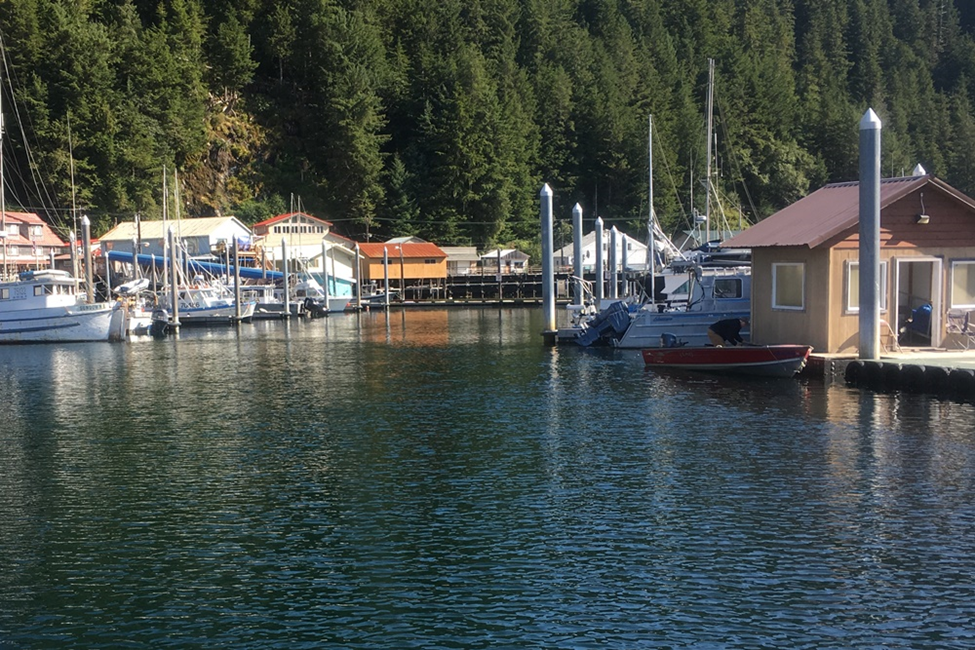 Pelican, Alaska is located on Chichagof Island in Alaska’s Panhandle Fishing on Alaska’s Chichagof Island isn’t just for humans: more than 1,600 bears live on this sprawling and isolated landmass in the Alaskan Panhandle roughly the size of Delaware – one of the few places in the U.S. where bears outnumber people! While the opportunities for sports angling and commercial fishing should make the http://pelican.net/ – Chichagof Island’s principal settlement – a destination spot for fishing and other pursuits, a power infrastructure issue has plagued the town over the past few years. A 1940s-era hydroelectric plant supplies Pelican’s power source. The Pelican Hydroelectric Facility provides fresh drinking water to the community, water for its fish processors, and electricity for business and residential properties. Recently, after 80 years of service, the hydroelectric plant was showing signs of wear. Following heavy rains, the facility’s aging penstock, which carries water from the hydroelectric reservoir to the turbines, became misaligned, causing frequent shutdowns. “If we don’t run our hydro turbines, then we’re on diesel, and it’s costly,” explains Patricia Phillips, Pelican’s mayor. “We have to stockpile it in our bulk fuel tanks and it’s costly. If you have to run on 100 percent diesel, your costs to provide power to businesses are much higher.” In 2016, Pelican city officials worked with EDA to engineer a solution to the problem and secured $242,676 in Economic Adjustment Assistance (EAA) (PDF) funds. The EAA grant helped rehabilitate the hydroelectric facility’s dilapidated penstock. As a result of the improvements, Pelican can now provide businesses with a steady and reliable source of power at consistent prices. |
|
|
|||
Don Graves Sworn as Deputy Secretary of Commerce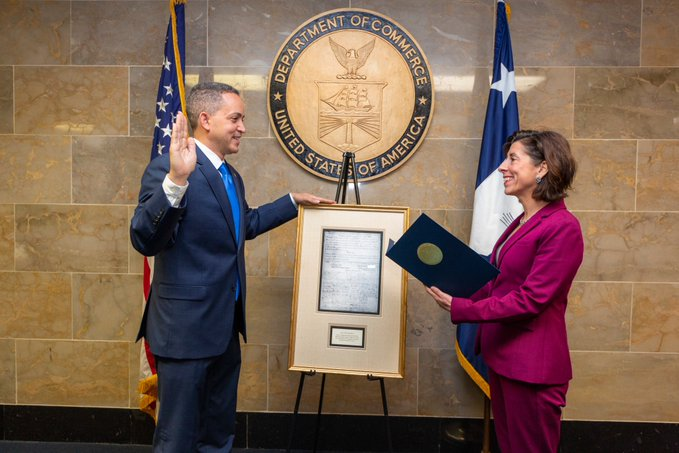 On May 14, Don Graves was sworn in as the Deputy Secretary of Commerce by U.S. Secretary of Commerce Gina M. Raimondo following Senate confirmation. Graves was sworn in on a copy of the 13th amendment that was signed by President Abraham Lincoln and more than 150 members of Congress, gifted to his third-great-grandfather by his friend, U.S. Senator Charles Sumner, and passed down through his family for generations. Welcome, Deputy Secretary Graves! National Economic Development Week (May 9-15)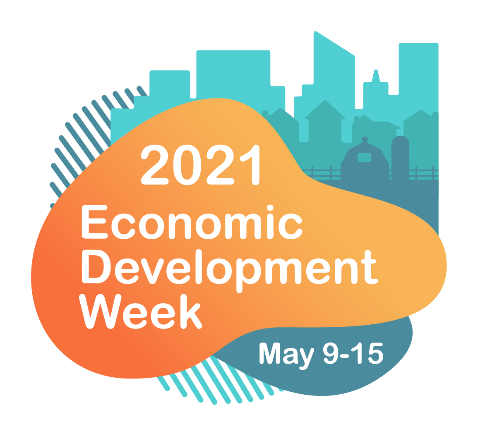 This month EDA was pleased to participate in the International Economic Development Council’s (IEDC) National Economic Development Week celebration (May 9-15). We salute our Economic Development Organizations (EDOs) and Economic Development Districts (EDDs) for all the work they do to create economic opportunity in their communities. StatsAmerica Webinar: Indiana University’s New Disaster Planning Tool Launch Indiana University’s Crisis Technologies Innovation Lab is launching the Analysis Platform for Risk, Resilience and Expenditure in Disasters (APRED), a map-based tool for exploring the disaster resilience and vulnerability profiles of counties across the United States. Practitioners and policy makers can use APRED to visualize and drill down into resilience metrics for a particular county, including its capacity to recover from disaster events with minimal losses, and the percentage of businesses that might be vulnerable. APRED was developed with a grant from EDA’s Research and National Technical Assistance program. Register for the June 17 StatsAmerica Webinar to learn more! Reminder: EDA has published the FY 2021 –2023 EDA Planning and Local Technical Assistance Program GuideThrough its Planning and Local Technical Assistance programs, EDA assists eligible recipients in developing economic development plans and studies designed to build capacity and guide an area or region’s economic prosperity and resiliency. The Planning program helps support organizations – including District Organizations, Tribes, and other eligible recipients – with Short-Term and State Planning investments designed to guide the eventual creation and retention of high-quality jobs, particularly for the unemployed and underemployed in the Nation’s most economically distressed regions. Learn more by visiting EDA’s Funding Opportunities page.
EDA in the News!Stimulus funds poised to magnify impact of Economic Development Administration’s new equity focus Waynesboro lands $1.5 million for water upgrades to serve industrial park Senators announce $1 million in regional COVID-19 funding for business recovery UCLA Health Receives $750K Department of Commerce Grant to Fund COVID-19 Innovation That Prioritizes Health Equity Angoon receives multi-million dollar grant to boost local tourism CVBs making a comeback in Mississippi City of Deming and DLCED supports National Economic Development Week U.S. Department of Commerce invests $2M in Eufaula Water Works Hancock business park gets federal grant |

